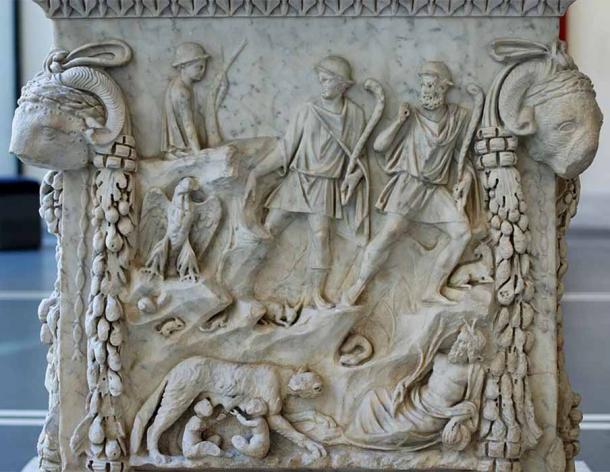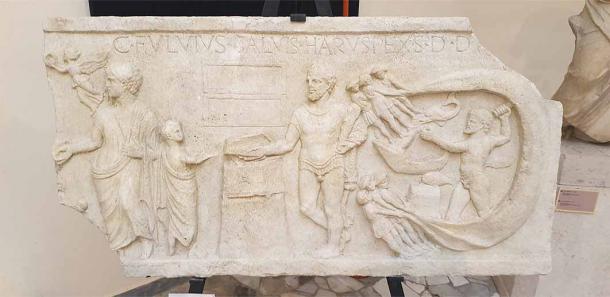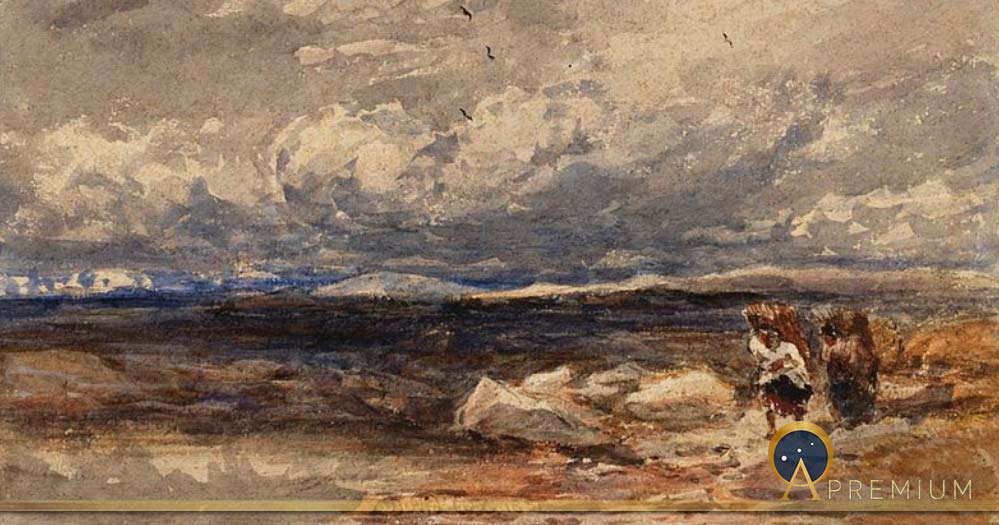Hepatomancy In Ceremonial Beginnings: Finding An Auspicious Site
Beginning with a proper state of mind, augmented by proper rites and ceremonies, is essential for any enterprise. The most developed ceremonies of beginning are in European building traditions. One of the best explanations of this is by the Italian Renaissance architect, Leon Battista Alberti, in his influential book, De re aedificatoria (On the Art of Building; 1452). Alberti wrote: “It is undoubtedly proper . . . to set about our work with a holy and religious preparation. . . We ought therefore to begin our undertaking with a clean heart, and with devout oblations, and with prayers to almighty God to implore his assistance and blessing upon the beginnings of our labour, that it may have a happy and prosperous ending, with strength and happiness to it and its inhabitants, with content of mind, increase of fortune, success of industry, acquisition of glory, and a succession and continuance of all good things.”

Romulus and Remus argued over the site of the foundation of Rome and brought in augurs. A vulture from the contest of augury and Palatine hill are to the left. (From Ostia, now at the Palazzo Massimo alle Terme) ( Public Domain )
Every beginning must be marked in some way that distinguishes the time after from the time before. The fundamental recognition of time and process, and one’s own place in that continuity, takes place when one conducts a beginning consciously. As with other beginnings, in founding a building, there are a number of points that can be taken as the beginning—choosing the site, clearing the place, digging the first hole, and laying the first stone.

Relief depicting a haruspex from the Roman Temple of Hercules ( CC BY-SA 2.0 )
Some Traditions Of Site Location
The Etruscan Discipline and its Roman development were formal, official systems of taking omens to decide on the suitability of places for building. In their full form, they were used for the foundation of cities, temples, and civic buildings. In his Ten Books on Architecture, the Roman architectural writer Vitruvius wrote: “When about to build a town or a military camp, our ancestors sacrificed cattle that grazed at the place and examined their livers. If the first victims’ livers were dark colored or abnormal, they sacrificed others. If they continued to find abnormalities, they concluded that the food and water supply at such a place would be equally unhealthy for people, so they went away to another locality, their main objective being healthiness.”
READ MORE…
Like this Preview and want to read on? You can! JOIN US THERE ( with easy, instant access ) and see what you’re missing!! All Premium articles are available in full, with immediate access.
For the price of a cup of coffee, you get this and all the other great benefits at Ancient Origins Premium. And - each time you support AO Premium, you support independent thought and writing.
Extract from Creating Places of Power: Geomancy, Builders' Rites, and Electional Astrology in the Hermetic Tradition by Nigel Pennick © 2022 Inner Traditions. Printed with permission from the publisher Inner Traditions International. www.InnerTraditions.com
Nigel Pennick is an authority on ancient belief systems, folk traditions, spiritual art, runes and other ancient alphabets, labyrinths and geomancy. He is the founder of the Institute of Geomantic and the author of Power and illustrator of more than 60 books, including his latest Creating Places of Power: Geomancy, Builders' Rites, and Electional Astrology in the Hermetic Tradition ; as well as The Pagan Book of Days, The Book of Primal Signs, Magic in the Landscape and The Ancestral Power of Amulets, Talismans and Mascots.
Top Image: On Carrington Moss, shows individuals gathering material for besoms by David Cox (1851) (Public Domain)
By: Nigel Pennick
















